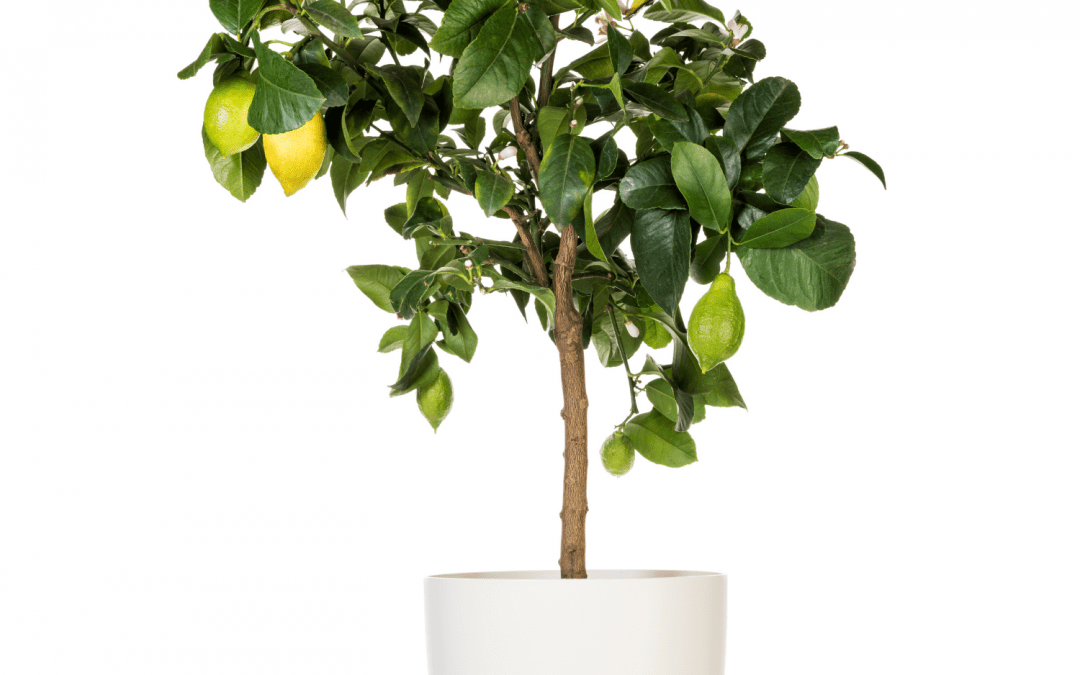The allure of having fresh, tangy lemons plucked right from your backyard or balcony is undeniable. For those with limited space, dwarf lemon trees come as a beacon of hope. Dive deeper into the world of these miniature citrus wonders and learn how to nurture them right.
Contents
Understanding the Basics of Dwarf Lemon Trees
Dwarf lemon trees are essentially citrus trees grafted onto dwarf rootstocks. This practice restricts their growth, making them ideal for small spaces and container gardening.
What Sets Them Apart?
- Compact Size: While standard lemon trees can grow up to 20 feet, dwarf varieties typically range between 8 to 12 feet.
- Earlier Fruiting: They start bearing fruit at a younger age compared to their standard counterparts.
- Versatility: Ideal for both outdoor gardens and indoor settings, especially in places with colder climates.
An In-depth Look into Popular Dwarf Lemon Tree Varieties
Beyond the commonly known Meyer and Ponderosa, let’s uncover more about the diverse world of dwarf lemon trees:
- Improved Meyer Lemon Tree: A sweeter, cold-hardy, and less acidic variety, the improved Meyer lemon is more resistant to viruses than the original Meyer.
- Dwarf Eureka Lemon Tree: Known for its seedless lemons, the Eureka has a consistent fruiting habit and is great for culinary applications.
- Calamondin Lemon Tree: Often mistaken for a lime, Calamondin bears small, round fruits. It’s not only a fruit-bearing tree but also serves ornamental purposes.
A Step-by-Step Guide to Caring for Your Dwarf Lemon Tree
Planting
Choose a large pot (at least 12-15 inches in depth) with good drainage. Plant using a mix of potting soil and perlite or sand to ensure proper drainage.
Temperature and Sunlight
Dwarf lemon trees prefer temperatures between 55°F (13°C) and 85°F (29°C). While they need 8-12 hours of sunlight, in scorching regions, a little afternoon shade can help.
Watering Techniques
Water deeply but infrequently. The top 2 inches of soil should be dry before the next watering. Over-watering can lead to root rot.
Feeding and Nutrient Management
Fertilize every 6-8 weeks using a water-soluble fertilizer. Opt for an organic citrus-specific blend for best results.
Pruning Secrets
Prune to shape and remove any dead or crossing branches. This not only maintains aesthetics but also improves air circulation.
Troubleshooting Common Problems
- Yellowing Leaves: Often a sign of over-watering. Ensure your pot has good drainage and follow a proper watering schedule.
- Leaf Drop: Caused by sudden changes in temperature, lighting, or transplant shock.
- Pests: Spider mites, aphids, and scale are common pests. Using neem oil or introducing beneficial insects can be a savior.
Why Indoor Dwarf Lemon Trees Are Gaining Popularity
With urban living becoming the norm, indoor gardening is on the rise. Dwarf lemon trees, with their fragrant blossoms and all-year-round fruiting, serve as both decor and a functional plant. Paired with the right pot and placed in a sunny spot, they can be a remarkable indoor companion.
Wrapping It Up
Dwarf lemon trees are more than just a space-saving alternative. They embody the essence of versatility, beauty, and bounty. Armed with the right knowledge and a dash of love, you can turn any corner of your home into a citrus sanctuary.


